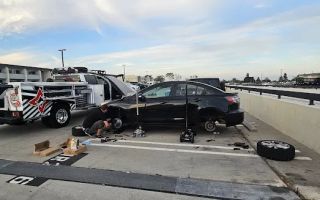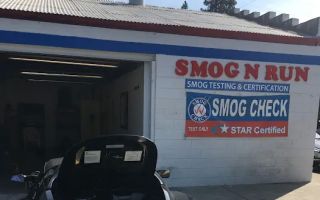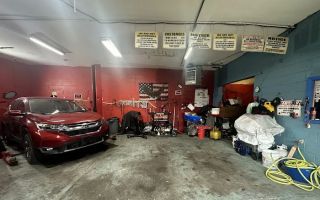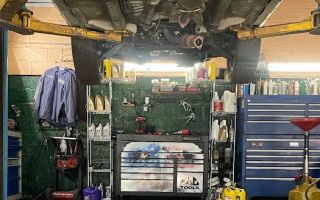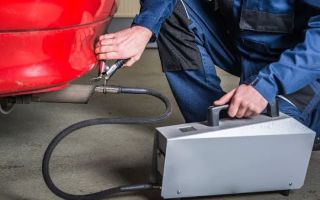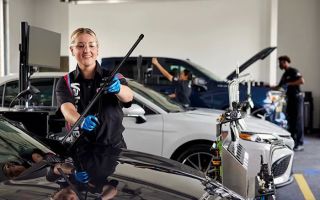What to Do If Your Car's Tires Are Wearing Unevenly
Published on May 05, 2025Auto Repair Shops Near Me
Recommended
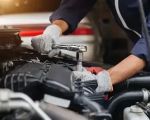
How to Decide Whether to Invest in Repairs or Replace Your Car — Safety, Cost, Reliability & Long-Term Value
Wondering whether to repair or replace your car? Explore key factors like safety, cost, reliability, and long-term value to make the right decision. Learn more about your options.
Dec 18, 2025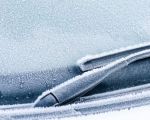
How to Winterize Your Wiper System — Avoid Frozen Wiper Fluid and Ice Build-Up
Learn how to winterize your wiper system and avoid issues like frozen wiper fluid and ice build-up. Discover expert tips for keeping your car’s wiper system working smoothly through the cold months.
Dec 17, 2025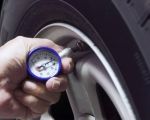
How to Check Tire Pressure Properly and Why It’s Critical for Safety
Learn how to check tire pressure properly and why it’s critical for safety and fuel economy. Discover expert tips, common mistakes, and real-world examples for U.S. drivers.
Dec 17, 2025
How to Use Your Cell Phone Smartly in an Emergency
Learn how to use your cell phone smartly in an emergency with practical tips on apps, battery life, signal strength, and personal safety.
Dec 16, 2025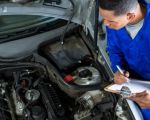
How to Estimate Annual Ownership Costs for Maintenance, Fuel, Insurance, and Repairs
Learn how to estimate annual ownership costs, including maintenance, fuel, insurance, repairs, and emergencies, to build a realistic and stress-free vehicle budget.
Dec 16, 2025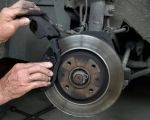
How to Deal with Brake Squeal or Grinding Noises: Causes & Solutions
Learn how to diagnose and solve common brake squeal and grinding noises. Discover the causes and solutions to ensure your brake system remains quiet and effective. Visit Rescue & Towing for expert advice and service.
Dec 16, 2025Related Categories
Popular

Emergency Vehicle Towing Guide for Miami: What You Need to Know
Jan 24, 2025
The Best All-Season Tires for Your Car in 2025: Top Picks for Every Driver
Mar 07, 2025
How Towing Services Can Help with Engine Overheating: Immediate Assistance When Your Engine Runs Hot
Jan 24, 2025
How to Safely Use Towing Services for Vehicles with Dead Batteries
Jan 24, 2025
Comprehensive Guide to Roadside Emergency Services: Towing, Car Rescue, and More
Feb 24, 2025
Flatbed Towing vs. Traditional Towing in Chicago: Which is Right for Your Vehicle?
Jan 22, 2025
Reliable Towing for Electric Vehicles in Madison: Your Trusted Roadside Assistance
Jan 24, 2025
What to Do After an Accident in San Francisco: A Step-by-Step Guide
Jan 22, 2025
Why You Should Always Carry Roadside Assistance Coverage: The Key Benefits and Importance
Jan 24, 2025



